“But is it an investment? ” That is the question faced by many a prospective bag buyer. We in the Pursebop community discuss it ad nauseam, perhaps in an attempt to justify those big ticket purchases. A recent article in Business of Fashion approaches it from a slightly different angle…and who did BoF consult? Naturally, PurseBop.
Entitled “How to Create the Next Birkin,” writer Cathaleen Chen posits that for those looking at purses as a financial investment, one must turn to the gray market and determine the “lifespan” of a bag. In other words, you must consider the market selling and reselling luxury goods – what holds value and what does not and for how long.
Consignment’s appeal has increased among consumers, and resale sites such as Rebag, The RealReal, and Vestiaire Collective illustrate a growing industry with a projected six billion in global sales for 2018.
Of course, handbags are more similar to cars than art in the luxury market when it comes to the lifespan of value. Most luxury purses tend to depreciate over time, even those with the most gentle wear. Indeed, it’s hard to find a bag that continues to appreciate over time, such as the Hermès Birkin and Kelly as well as Chanel 2.55s. The question is, how can you (or luxury purveyors) which purses will have greater endurance in the world of resale?
BoF looks at investment through the lifespan of an It bag, where Charles Gorra of Rebag describes the phases a bag goes through after release. The month of a purse’s release, it doesn’t tend to move to the resale market.
A purse tends to be at the peak of its popularity during months one through six. This is the time we know well. The bag is all over social media, but you’re lucky if you can find it anywhere to purchase. A few start to enter the gray market at this point, and the high demand allows for a surge in prices above the retail value.
It bags tend to enter Gorra’s third stage after the sixth month mark, where the bag begins to flood the resale market and depreciate in value. From there it is a downward slope as they grow-out of fashion over the next few years. Exclusivity and celebrity help prolong the second stage in this life-cycle. It’s an important phase to monitor if you’re in the game to up-sell.
Exclusivity
Hermès continues to reign supreme, as the house reports steady growth in sales for the third quarter. Still, those looking to rehome their Bs or Ks can still see shifts in value in the resale market as trends in size come and go and the market saturates (read Dear Pursebop: When and How Should I Rehome My Bag).
PurseBop’s founder Monika Arora weighed in on the exclusivity factor for BoF: “There was a while when everyone was trying to get their hands on the [Birkin] 25 and then it wasn’t hot anymore when it came available.” Even with Hermès, where Birkins, Kellys, and Constances are selling for up to 140 percent of retail price, trends within staple brands can peter out when supply increase.
Celebrity
In the ever-evolving world of social media, a brand’s bag on the arm – or Instagram – of someone with cultural sway is an increasing factor on the resale life of a purse. Celebrity endorsement of a luxury bag means more to the media-savvy consumer when it appears authentic as opposed to promotional. Take, for example, Rihanna’s candid moment with her Chanel lego clutch.
If you want to play the bag exchange, celebrity status and an air of perceived exclusivity certainly help propel and maintain an It bag’s appreciated value for longer. However, if you are looking for a more long form investment, it’s still a gamble outside the tried and true.
Can you predict the next Birkin or Kelly? What do you think it might be? Let us know.
Updated: November 16th, 2018

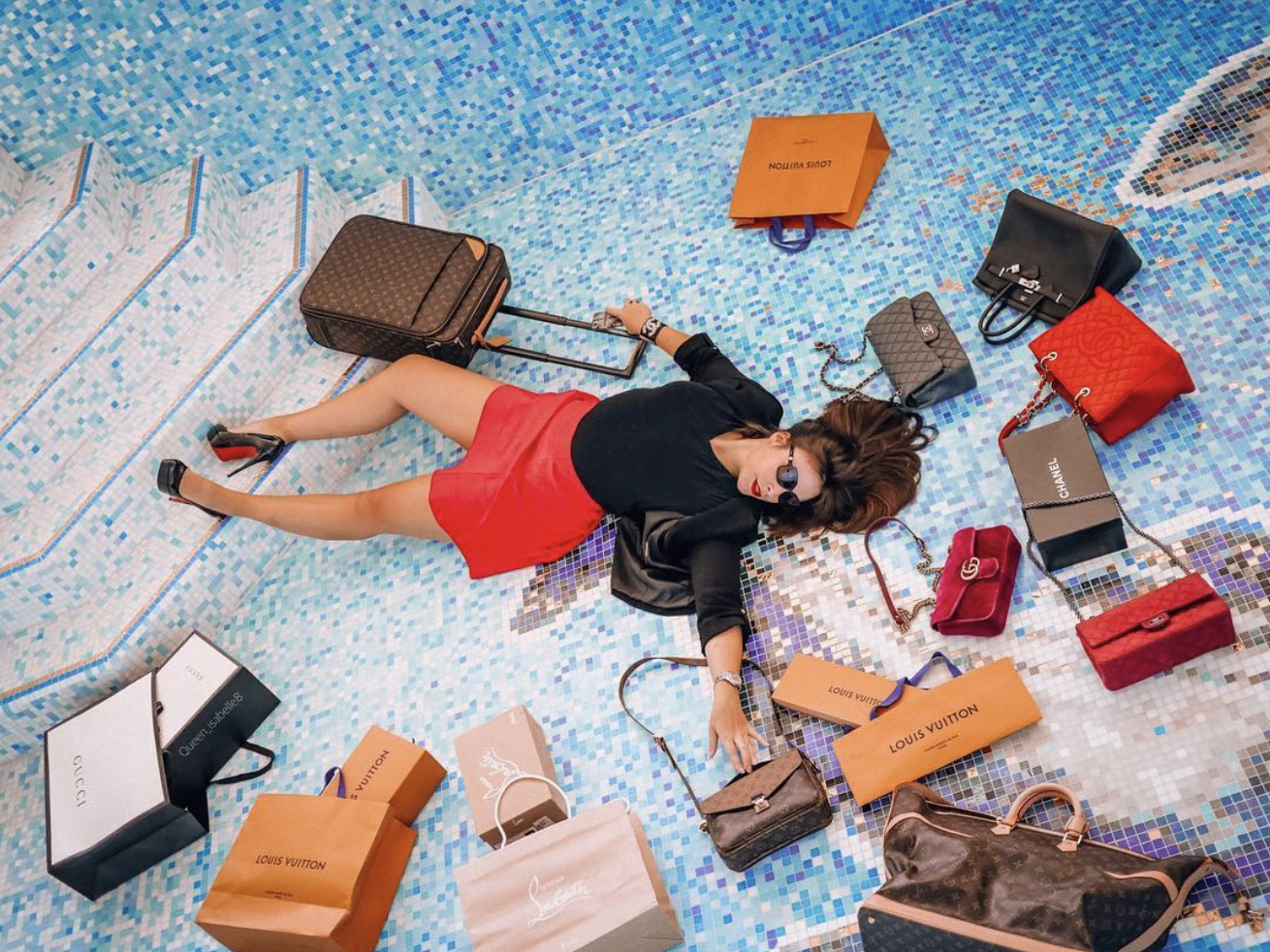
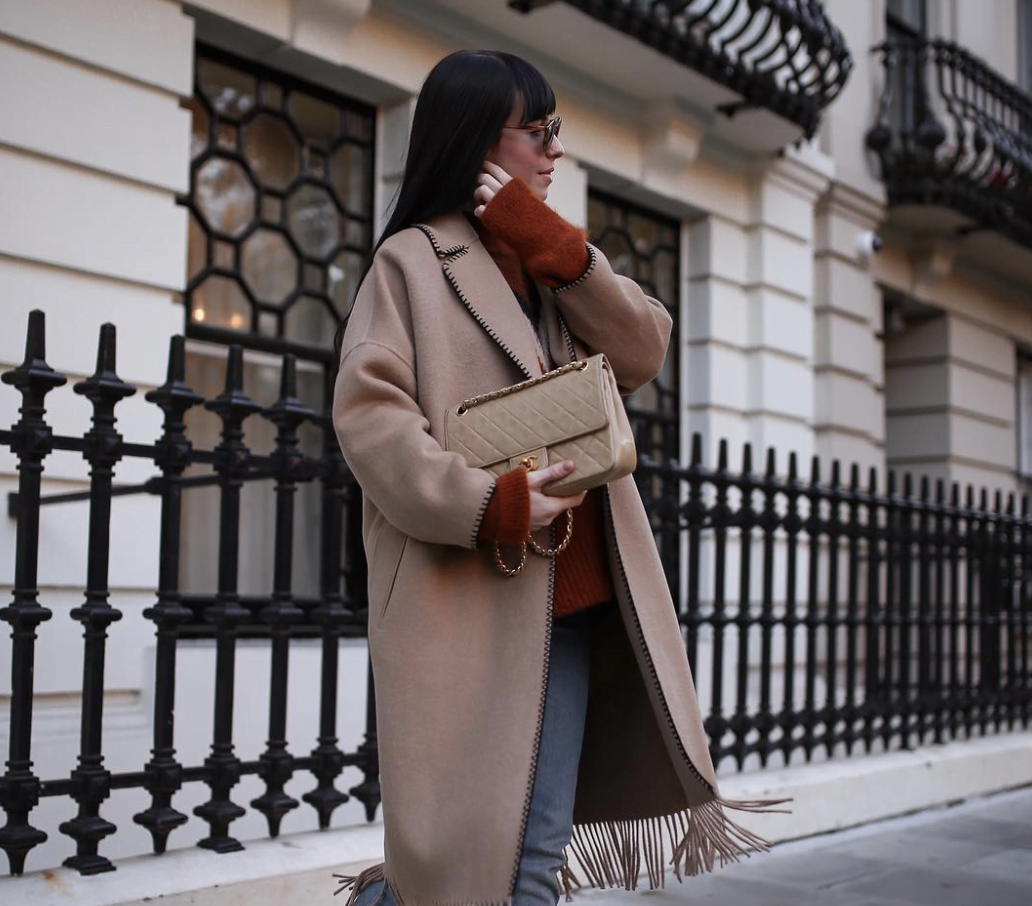
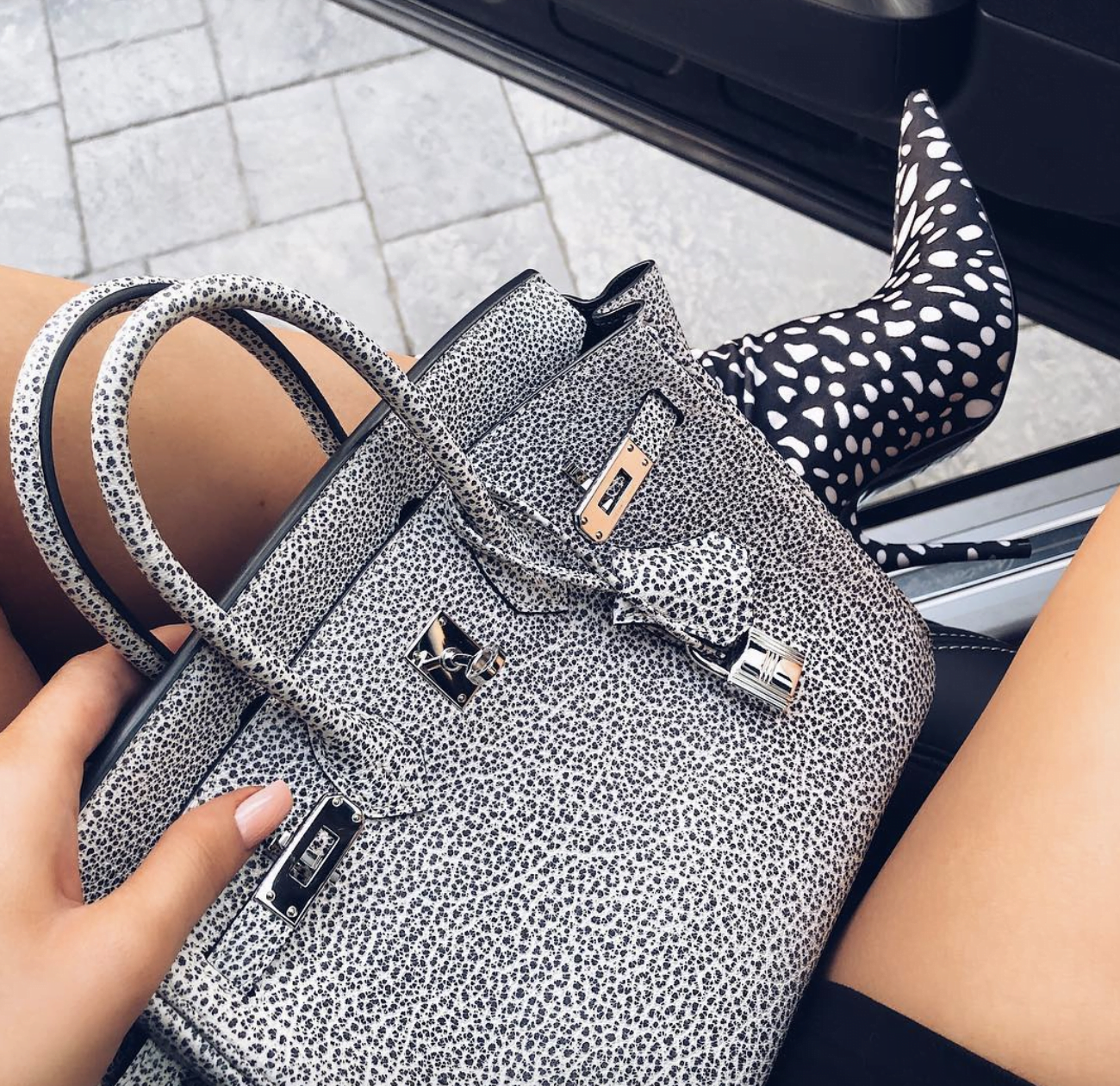



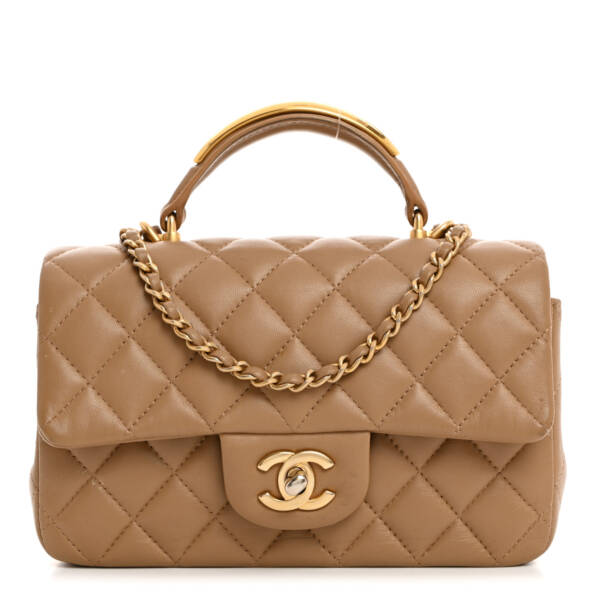
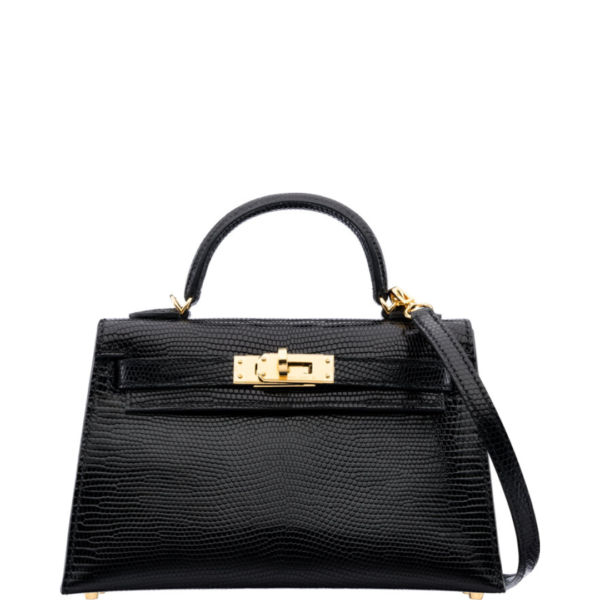
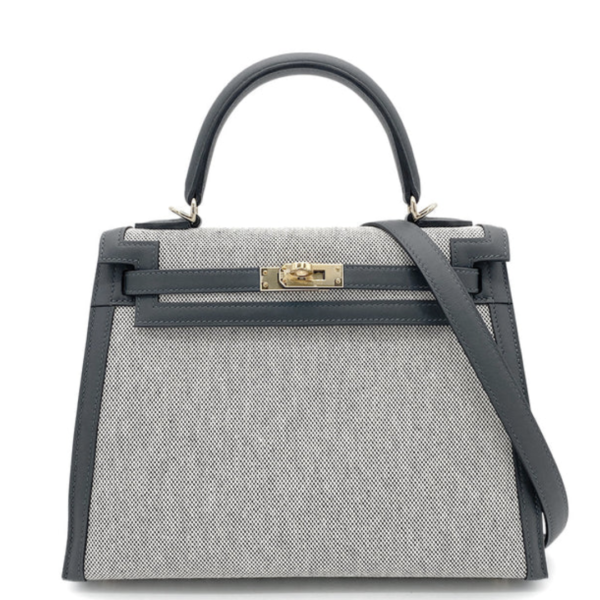
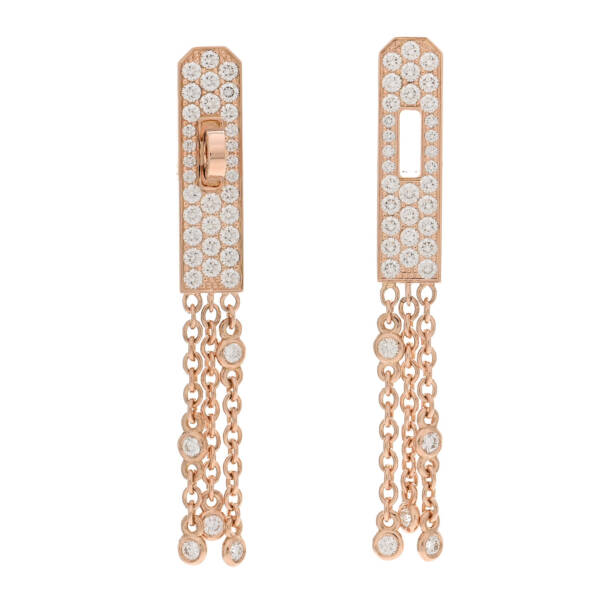
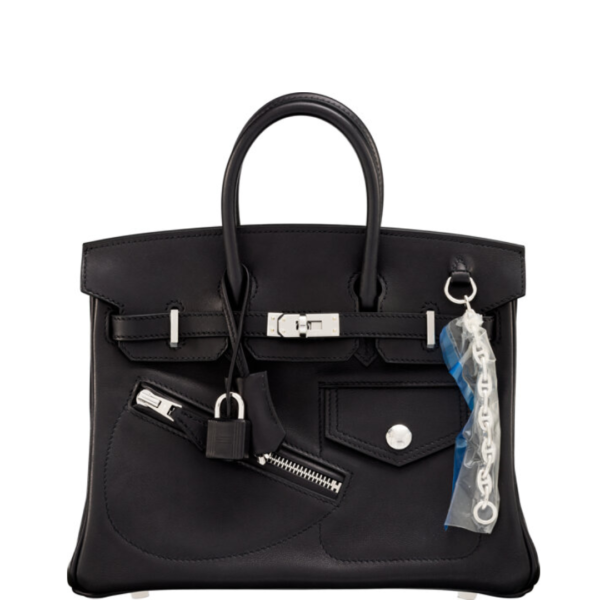
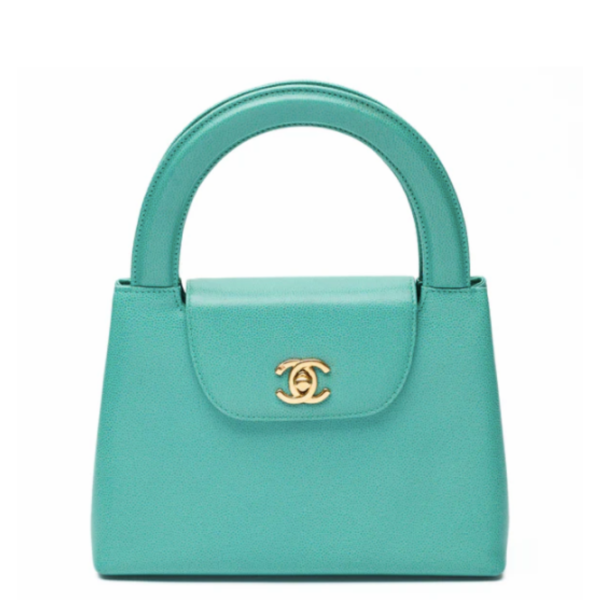
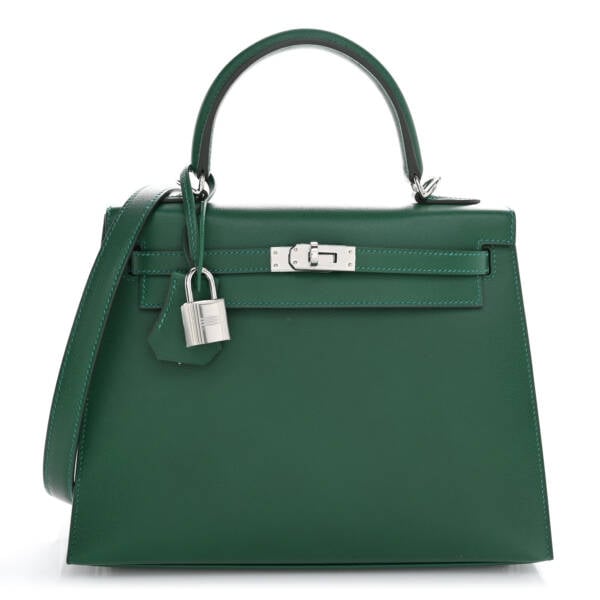
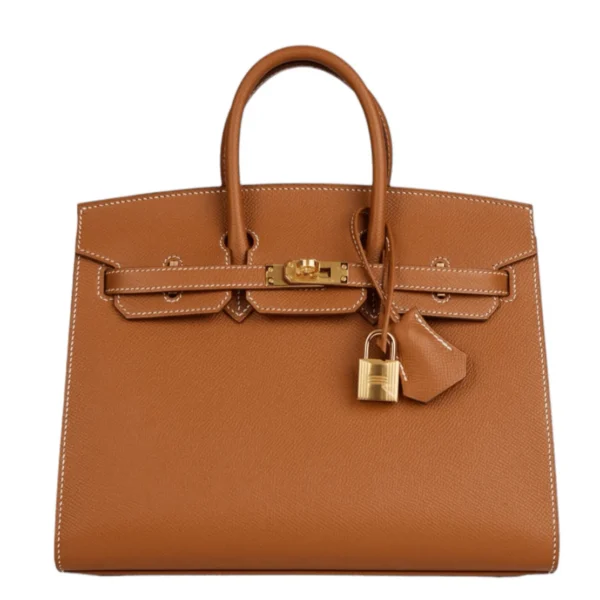
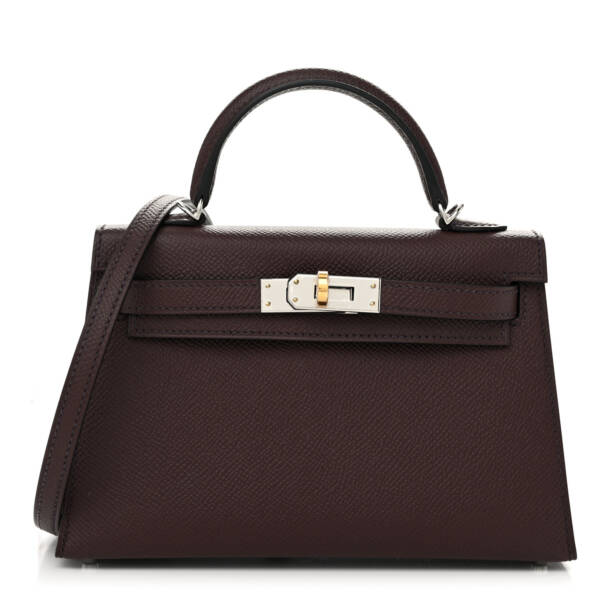
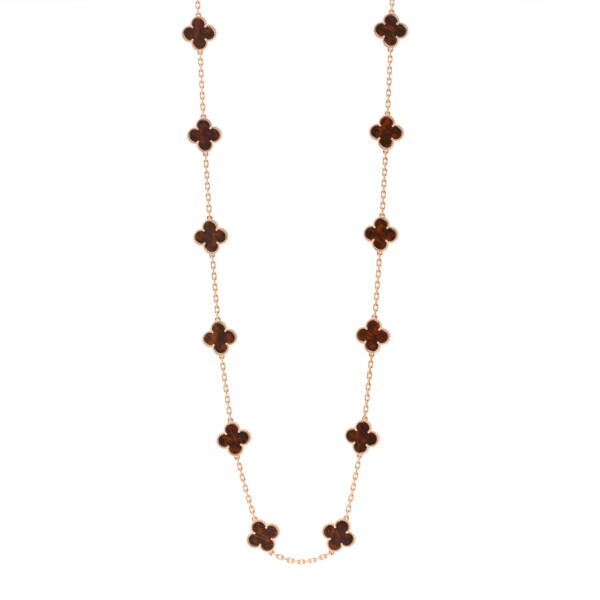
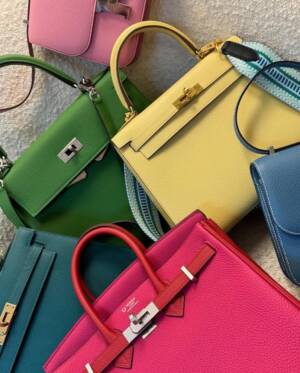
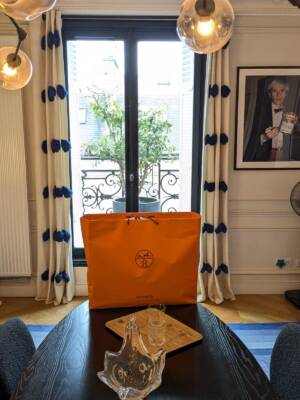

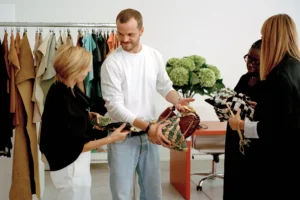
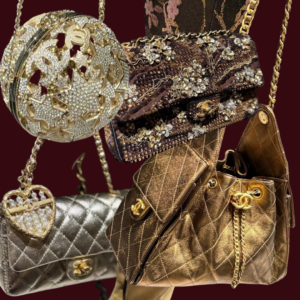
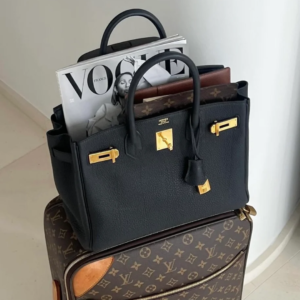


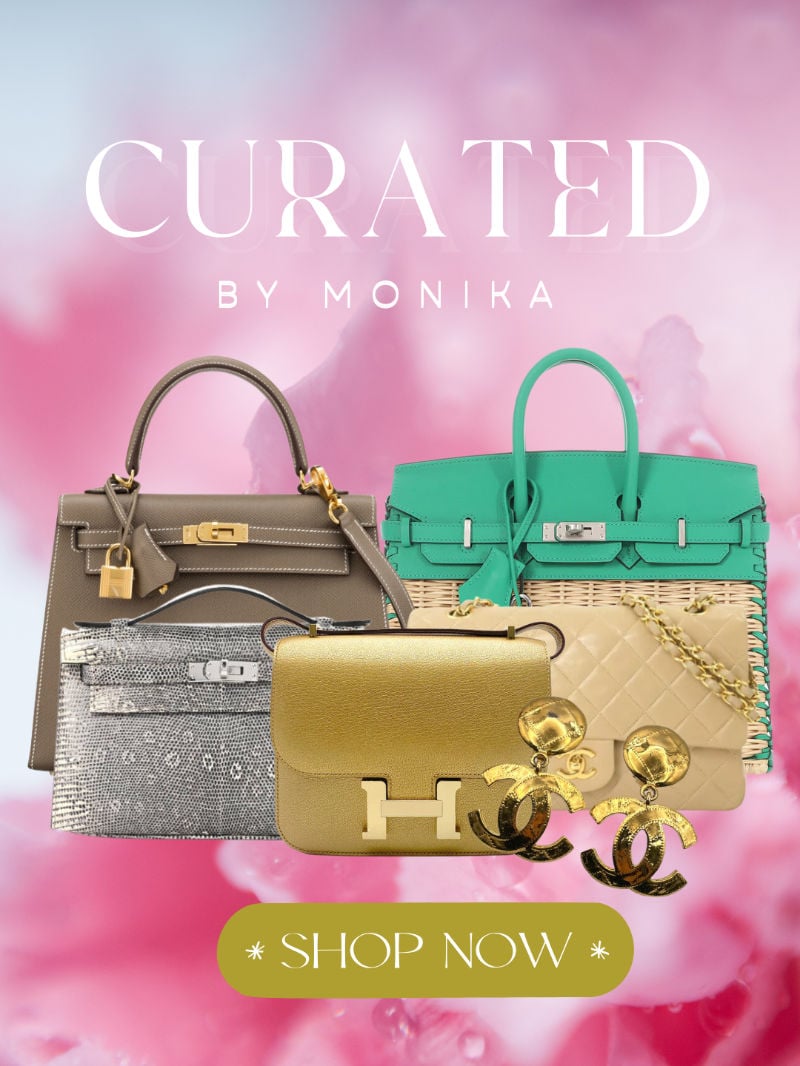
Comments